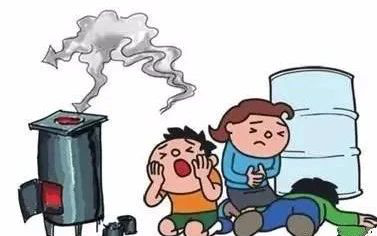The formation mechanism of carbon monoxide
Carbon monoxide (CO) is the most widely distributed and abundant pollutant in the atmosphere, and it is also one of the important pollutants generated during combustion. The main source of CO in the atmosphere is the exhaust from internal combustion engines, followed by the burning of fossil fuels in boilers. CO is an intermediate product produced during the combustion of carbon-containing fuels. All the carbon originally present in the fuel will form CO.
Carbon monoxide is a poisonous gas
The formation and destruction process of CO is controlled by the kinetic mechanism of chemical reaction, and it is one of the basic reactions in the combustion process of hydrocarbon fuel. Its formation mechanism is as follows: RH → R → RO2 → RCHO → RCO → CO, where R is a hydrocarbon free group. The RCO group in the reaction mainly generates CO through thermal decomposition, and can also generate CO after oxidizing the hydrocarbon group R. The rate of CO oxidation into CO2 in the combustion process is lower than the rate of CO generation, so the basic oxidation reaction of CO in the hydrocarbon flame is: CO + H2O== high temperature ==CO2 + H2 CO is one of the products of incomplete combustion. If the combustion process can be well organized, that is, with sufficient oxygen, sufficient mixing, high enough temperature and long retention time, the intermediate product CO will eventually burn out and generate CO2 or H2O. Controlling CO emissions, therefore, is not an attempt to curb its formation, but an effort to burn it completely.
The research shows that in the premixed combustion flame of hydrocarbon fuel and air, due to the rapid generation rate of CO, the CO concentration in the flame region rises rapidly to the maximum value, which is usually higher than the equilibrium value of the reaction mixture in the adiabatic combustion, and then the CO concentration slowly drops to the equilibrium value. Therefore, the CO content detected from the exhaust of the combustion equipment is lower than the maximum value in the combustion chamber, but is significantly greater than the equilibrium value in the exhaust state. This indicates that the kinetics of chemical reaction controls the generation and destruction of CO.





 Facebook
Facebook YouTube
YouTube LinkedIn
LinkedIn Twitter
Twitter